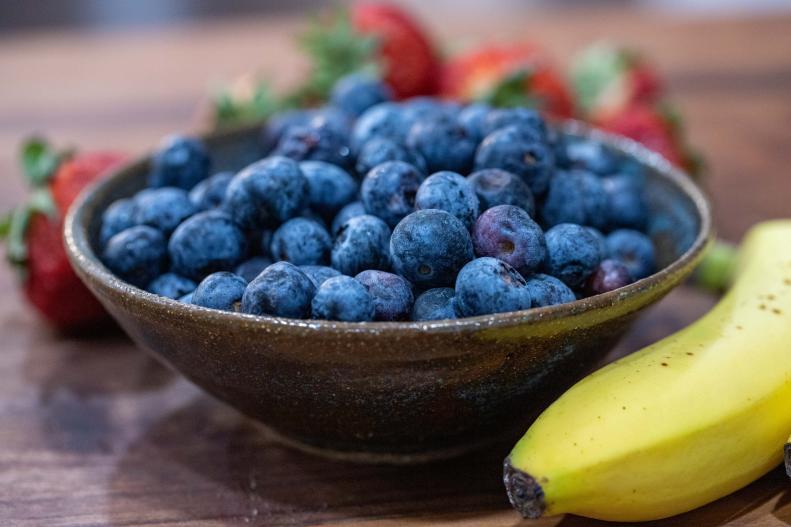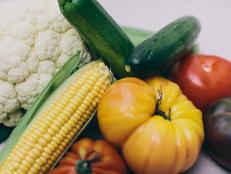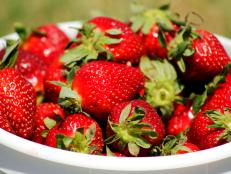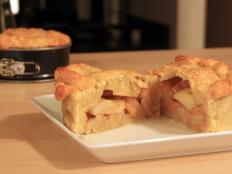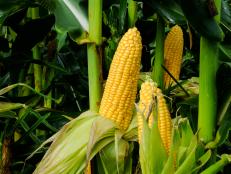1 / 11
Photo: Derek R. Trimble
Freezing: The Easiest Way to Preserve at Home
Freezing is probably the most efficient way to preserve your fruits and vegetables at home. You won't need any special tools or kitchen equipment beyond a freezer and a few containers built for the job. But you can't just throw produce into the freezer without a little bit of preparation. Click through the gallery for our tips and tricks to make the most out of your freezing process at home.






